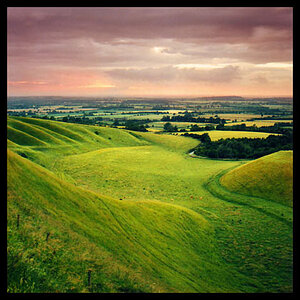FilmDood
TPF Noob!
- Joined
- Oct 31, 2010
- Messages
- 14
- Reaction score
- 0
- Location
- Florida
- Can others edit my Photos
- Photos NOT OK to edit
In a couple weeks, I'm gonna be working on a photo project in Death Valley, CA. Since it's 100% pitch dark there, and lit up by simple moonlight, how long of an exposure would I need to produce results like this:
http://spillspace.com/wp-content/uploads/2009/06/deathvalleysky_nps_big.jpg
Any tips or tricks to not mess up your film? This is my first time working with a long exposure, so that would be great to know how to not mess up.
http://spillspace.com/wp-content/uploads/2009/06/deathvalleysky_nps_big.jpg
Any tips or tricks to not mess up your film? This is my first time working with a long exposure, so that would be great to know how to not mess up.





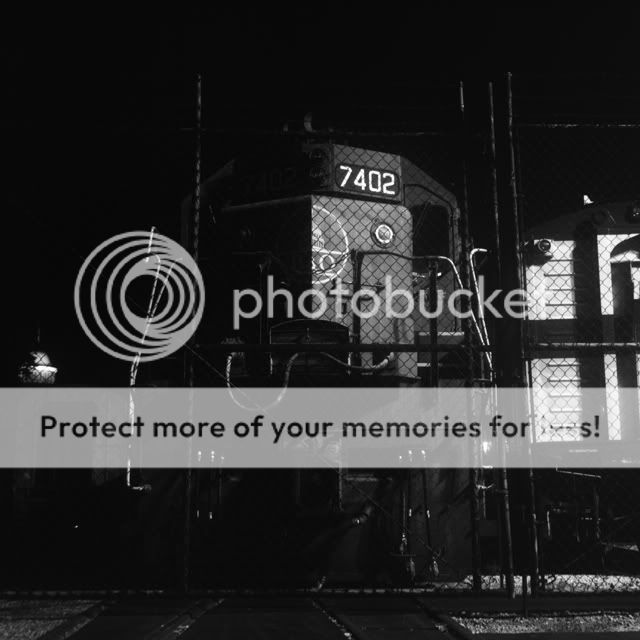
![[No title]](/data/xfmg/thumbnail/31/31753-281132967af6a422c89bcc0d6f16499a.jpg?1619734991)

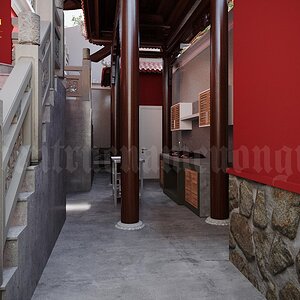
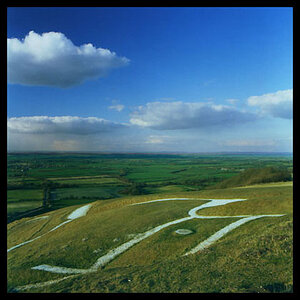
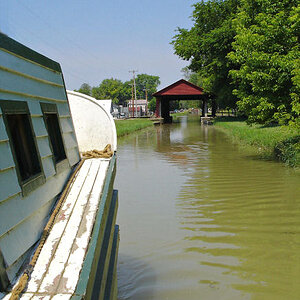
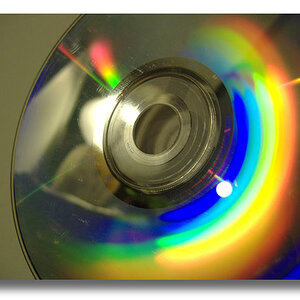
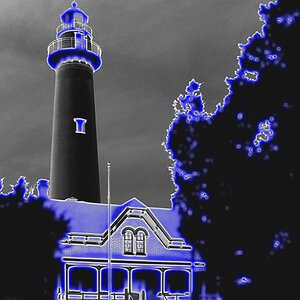
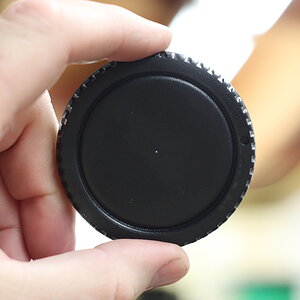
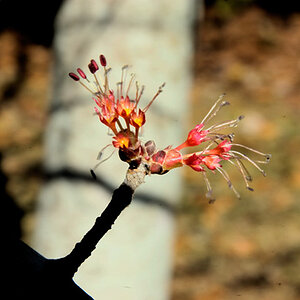
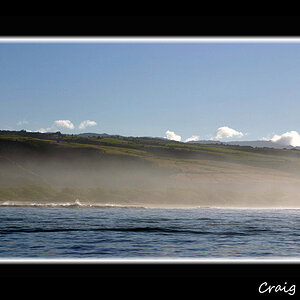
![[No title]](/data/xfmg/thumbnail/31/31751-fb2f68cca32f9eec468dbde7d649840f.jpg?1619734990)
